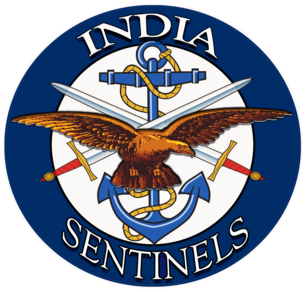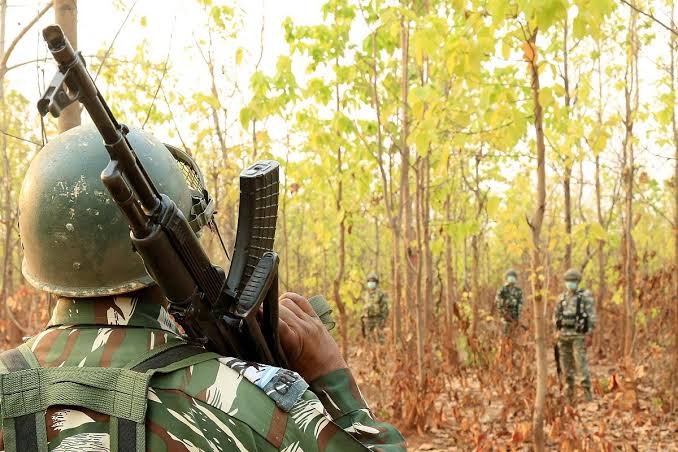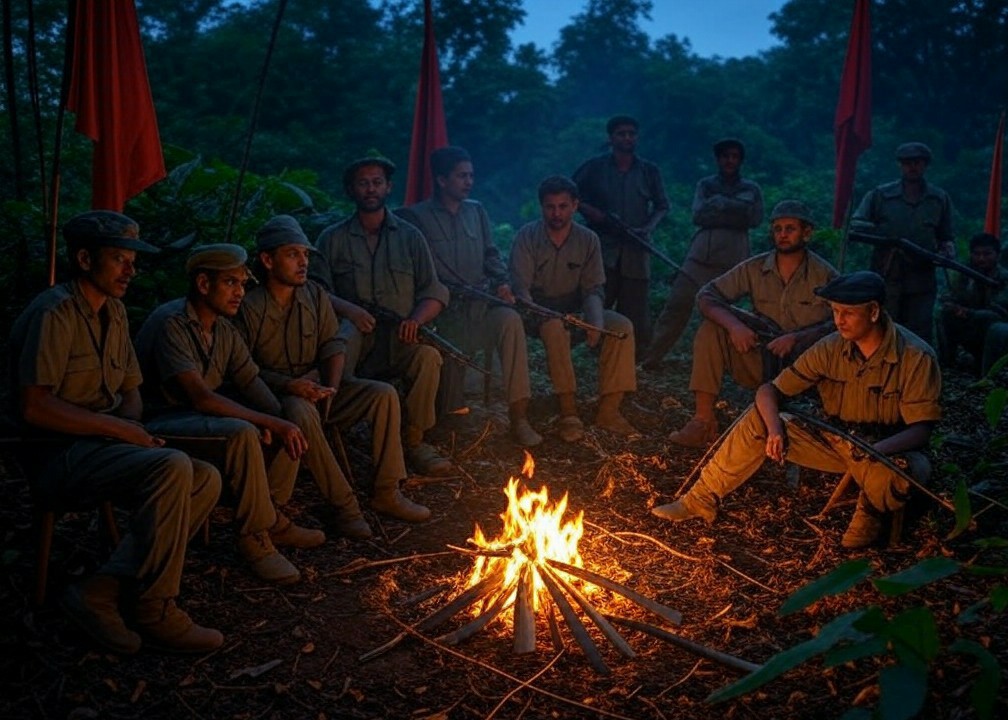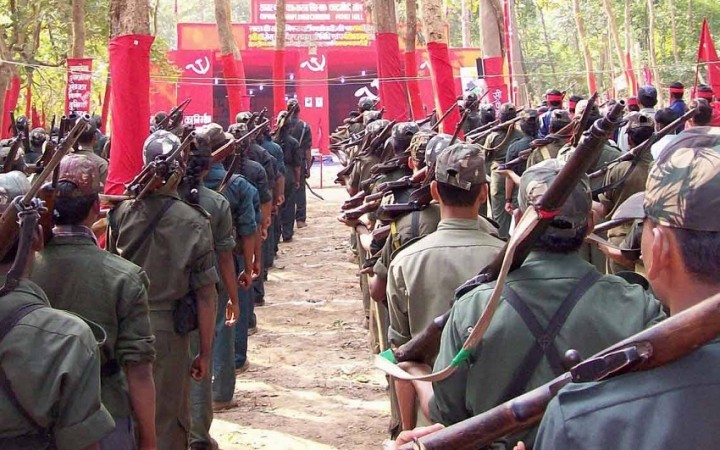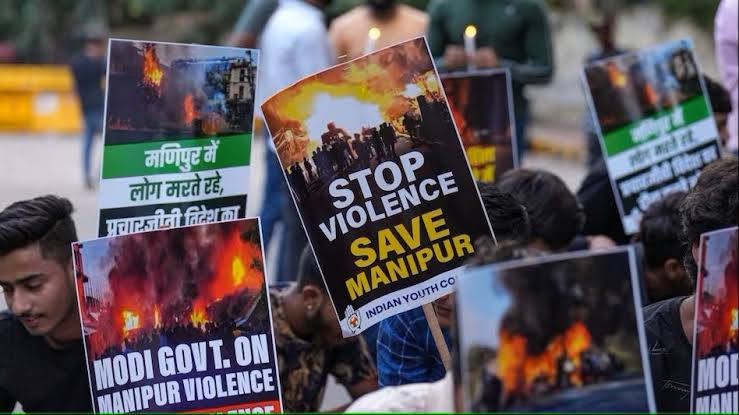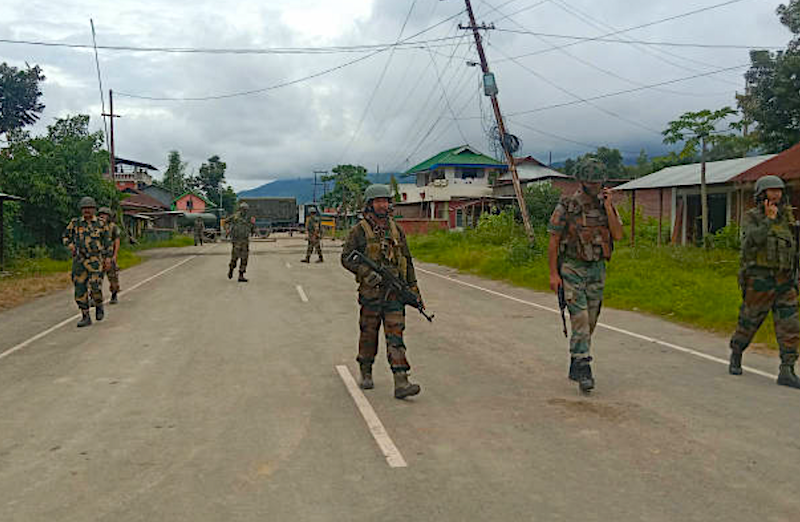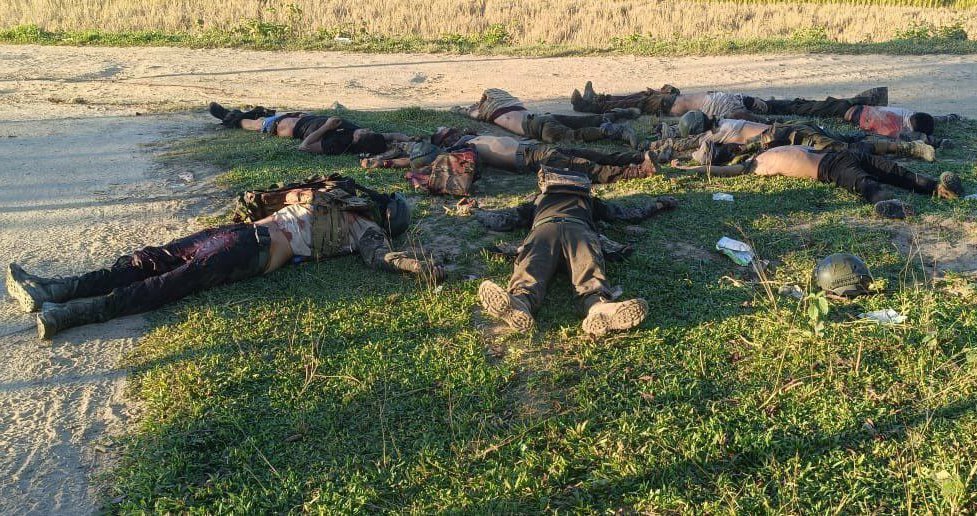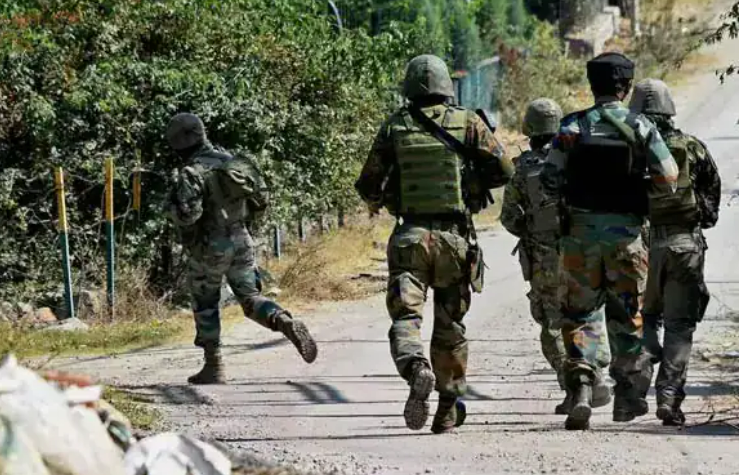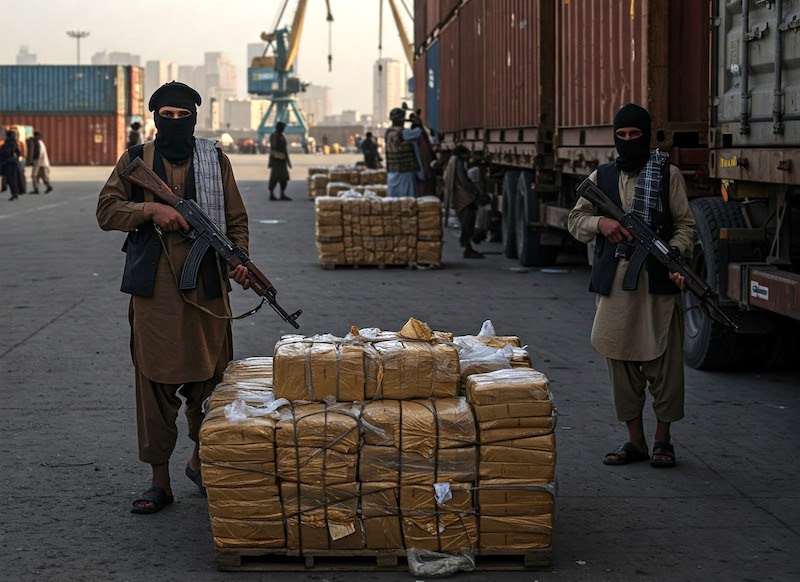 (India Sentinels image for representation.)
(India Sentinels image for representation.)
New Delhi: The National Investigation Agency has informed the Supreme Court that the massive heroin seizure at Adani’s Mundra port in Gujarat is not merely a case of narcotics smuggling but forms a critical part of an international conspiracy to fund terror operations, including the recent attack on tourists in Jammu & Kashmir’s Pahalgam. The agency has directly linked the proceeds from the nearly 3,000-kilogram heroin haul, valued at ₹21,000 crore, to the Pakistan-based terror outfit Lashkar-e-Taiba (LeT).
Terror Funding and Pahalgam Attack
On Wednesday, the additional solicitor general, Aishwarya Bhati, representing the NIA, told a Supreme Court bench of Justice Surya Kant and Justice NK Singh that the proceeds from the heroin consignment, intercepted at Mundra port in Gujarat, in September 2021, were “used for funding terrorist activities of the banned Pakistan-based Lashkar-e-Taiba.” Bhati explained, “Look what they did to India at Pahalgam by shooting innocent tourists,” drawing a direct connection between the narco-trafficking network and the deadly attack on April 22, 2025, which left at least 27 tourists and one local pony operator dead in the south Kashmir tourist destination.
The NIA’s affidavit, presented in court, described the operation as the “largest intercepted consignment of narco-substance being brought to India through illicit means, which was to be used not only to wreak havoc among the public … but also, to use the sale proceeds to fund terrorism.” The agency said the drugs were routed through Iranian intermediaries and stored at warehouses in Delhi, with the funds from the sale allegedly used to finance terror activities in Kashmir and beyond.
International Conspiracy
Bhati elaborated on the sophisticated modus operandi, stating that the narcotics were trafficked to India “disguised as legal imports in the form of semi-processed talc stones and bituminous coal.” She told the court, “The legal export-import channel was used after finding loopholes and circumventing the system.” According to the NIA, a total of six consignments were imported to India by the same consignors from Afghanistan, with the sixth and final consignment intercepted at Mundra port.
The heroin, originating from Afghanistan, was sent via the Bandar Abbas port in Iran, with the help of Pakistani and Iranian intermediaries, and imported into India in the name of Aashi Trading Company. Bhati noted, “The narco traffickers were located in Afghanistan and were sending heroin via Iran and Pakistan to India (with help of ISI and Iranian middlemen).”
Investigators have identified 12 wanted accused persons based in Dubai, Iran, Afghanistan, and Pakistan, underscoring the global scale of the conspiracy. The NIA has also alleged that Pakistan’s Inter-Services Intelligence (ISI) and the banned LeT were the masterminds behind what it called a “narcoterror” plot.
The NIA’s revelations came as it opposed the bail plea of Harpreet Singh Talwar, alias Kabir Talwar, a Delhi-based businessman accused of being a key player in the racket. Bhati told the court, “These are front people of the organization but the blood of innocent people who lost their lives in terror attacks is also on their hands.” She further argued that Talwar had received consignments of perfumes and dates, which were “actually the consideration he is getting in kind for carrying out this business, for using this business channel.”
The defence, represented by senior advocate CA Sundaram, countered that there was no evidence linking Talwar to the charges of heroin smuggling or terror funding. Sundaram also raised concerns about the impact of the case on Talwar’s family, stating that his children were being bullied in school due to the terror funding allegations.
Suspicious Death of Key Witness
A notable development in the investigation was the suspicious death of a retired customs official, a key witness who had cleared an earlier consignment in Kolkata. Bhati told the court, “When we examined him … he said he would … make a statement and in the night, he was found dead. That aspect we are still going to investigate because at that time he was not cooperating.”
Bhati emphasized the unprecedented scale of the case. She said, “This is the biggest the country has ever seen … the international price of this is ₹21,000 crore. That is the amount of money that is being funnelled into the terrorist organizations.”
The Supreme Court has reserved its verdict on Talwar’s bail plea.
The Mundra Drug Haul
The Directorate of Revenue Intelligence (DRI) made the historic seizure on September 13, 2021, after acting on intelligence inputs. Containers arriving at Mundra port from Afghanistan via Iran were found to contain bags of semi-processed talc stones, some of which were laden with heroin. The total haul amounted to 2,988.21 kilograms of heroin, with an estimated street value of ₹21,000 crore, making it the largest drug seizure in Indian history.
Subsequent investigations revealed that this was the sixth and final consignment sent by the same syndicate, and several people, including Afghan nationals, were arrested. The NIA’s probe has since exposed the operation as a major narcoterror conspiracy, with direct links to Pakistan-based terror groups and international drug cartels.
